Spring is right around the corner. If you live in a state like mine that cannot make up its mind in March, thinking about the flowers of spring gets you through the March snow.
At this point, we are all waiting for that. I love to start my seeds and gardening in March. A tiny seed is bustling with purpose, a flower-to-be yearning for the light somewhere out there.
Communing with nature isn’t a luxury; it’s a dance floor for the soul. And trust me, as someone whose initial foray into gardening turned my thumb an ominous shade of black, I speak from a place of poignant learning.
With a gentle touch, thoughtful preparation, and a dash of seasonal wisdom, you can transform even the tiniest patch of earth into an oasis of life and color.

Choosing the Right Flowers for Your Plot
Before you get your hands dirtied and your knees grass-stained, you’ve got to pick a bouquet that resonates with you.
Not all flowers are created equal in the eyes of a novice gardener; some are hardy little warriors, unfazed by your inevitable early blunders, while others might sulk off and refuse to bloom if you look at them amateurishly.
For the beginner looking ahead to spring, daffodils, lavender, and pansies are like the earnest friends of the floral world, always eager to stand by your side.
Beginner-Friendly Picks to Perk Up Your Garden
- Daffodils: These cheery chaps need little besides a spot of sun and the patience to await their bright-yellow exuberance.
- Lavender: A delightful mix of toughness and elegance, lavender loves the sun and well-drained soil.
- Pansies: An assorted palette of purples, yellows, and blues, pansies can sprinkle your plot with welcoming charm and they don’t mind a bit of shade.

The Essentials of Location and Soil
One thing that’ll make or break your floral adventure is where your garden sits and what it’s planted in. Remember, flowers are divas about their soil and source of life, the sun.
Make sure your chosen patch receives the appropriate amount of sunlight for your selected posies and has the right soil—loamy and rich in organic matter, which is generally best for most annuals and perennials.
The ‘Water Whisperer’ Approach
Give your chosen patch a drink; don’t drown it. Too little water and your seeds will be screaming for mercy in a parched plot; too much, and you’ll be conducting a watery funeral.
Learn to listen to your plants; they’ll guide you when they need hydration. Remember, feeding them every month during the growing season is like a three-course meal for blossoming beauties.
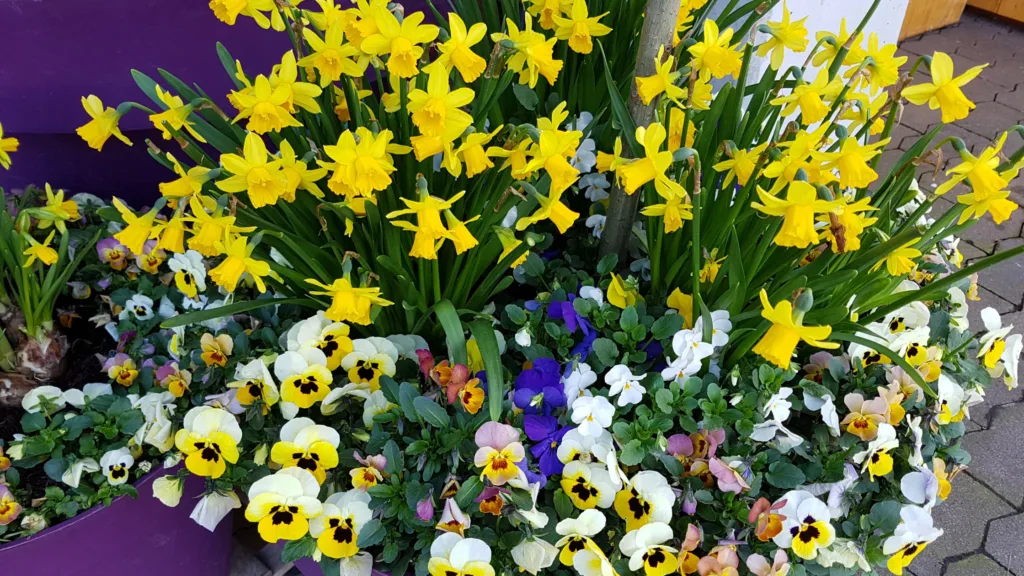
Planting and Maintenance Tips From a Reformed Plant Assassin
I remember my first timid step in the gardening aisle, armed with a trowel and bags of soil. It was a humbling experience; earthworms mocked my ignorance, and seasoned gardeners with weathered hands seemed to smile pityingly in my direction.
But I pressed on, following the basic steps and hoping I wouldn’t destroy nature in my quest to nurture it.
Planting Spring Flowers—It’s Simpler Than You Think
The ground is your canvas, and each flower is a stroke of color. Your task is to prepare the soil well, ensuring it receives the proper nutrients.
Each seed or plant must be placed at the right depth and distance to give them room to grow.
Remember, a confused gardener often plants too close—learn from my horticultural missteps.

Water, Water Everywhere—Or Not, in the Proper Measure
Overwatering is a crime of passion, lack of water a sin of neglect. Your garden needs you to be a consistent friend, providing regular water but not so much as to flood its roots.
Mulching around your plants can help retain moisture and keep surrounding weeds from a lack of light.
Pests and Diseases—The Villains of the Verdant Vales
When your garden beckons pests, prepare for a standoff. Prevention is your best bet—maintain a healthy life balance in your garden, encourage ladybugs to make a home, and your greenery will thank you.
Sometimes, even the most judicious gardeners must reach for a deterrent, organic or otherwise. Learn to recognize the signs early and act decisively.
Unleash Your Inner Artist: DIY Garden Ideas
Sure, you could call the garden store and have a cartload of ready-made and unimaginative supplies dropped at your door. But where’s the fun in that?
Here’s where your garden becomes a part of you—sprouting from your personal touch, creativity, and willingness to repurpose and upcycle.
Check out these cute Spring DIY Upcycled Decor Items for your garden here.
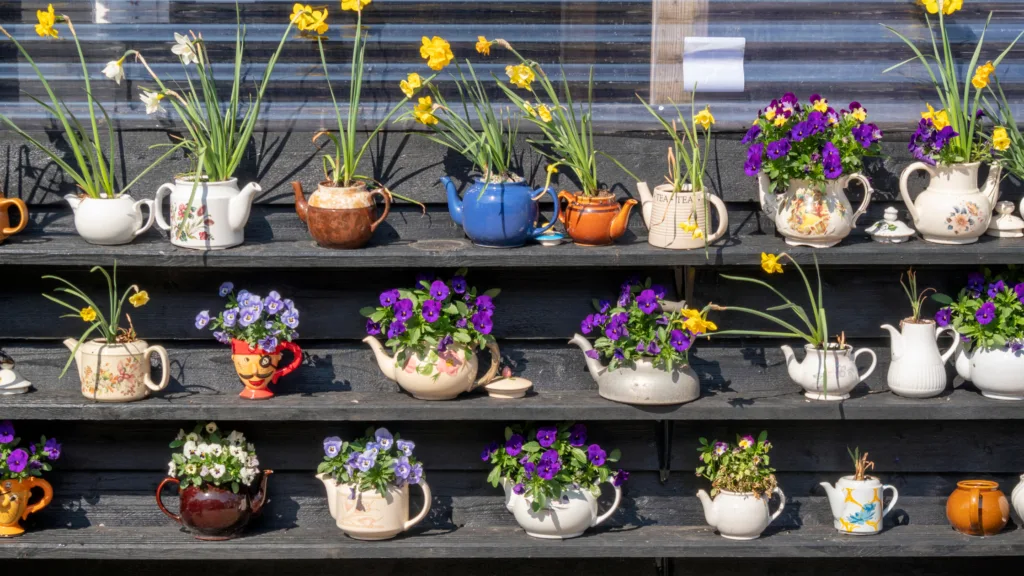
Crafty and Creative
You don’t need an art degree to make your garden a masterpiece. For a touch of whimsy, seek out old teapots and cracked vases and stack them in a corner overrun with flowers.
Pallets can become the canvas for a vertical garden, and even a simple bucket can be painted and repurposed as a planter.
The Green Budget
Believe me, the cost of your garden is solely in your imagination. Seeds can be swapped with friends, cuttings gifted, and Dollar Store finds creatively used.
Gardening doesn’t have to mean burning through cash; the most rewarding gardens are oftentimes the thriftiest.
Trellis and Tools
Give your plants the structure to climb and prosper. A homemade trellis of twine and sticks does the job and adds a dash of rustic charm.
Don’t forget about the tools you’ll need—pots scavenged from alleys, hand-me-down rakes, and that trusty, slightly rusty shovel that’s been in the family for generations.
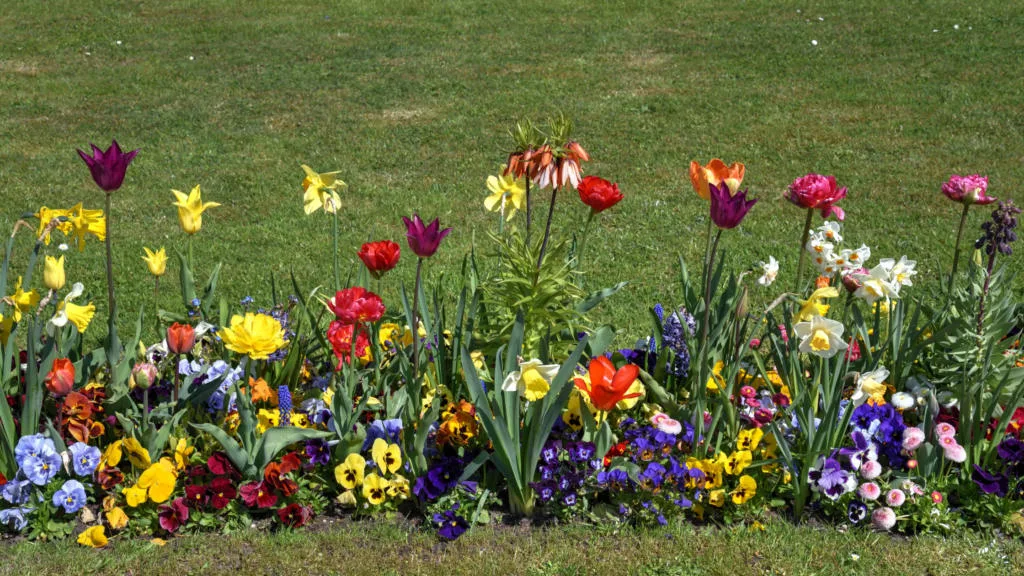
The Benefits of Gardening: A Sanctuary for the Soul and Body
Gardening isn’t just about pretty perennials and the birds and the bees. It’s about life, growth, and joy. It’s a sanctuary for the frazzled mind, a respite for the overburdened spirit.
It’s also an excellent workout; tearing out weeds can serve as a cathartic release, hauling bags of mulch is a workout in itself, and tending to your treasured plants is a mindfulness exercise.
The Stress Reliever in Soil
A garden doesn’t judge. It’s there to tell you you’re doing great with every new bud and gently shake its head with a withered leaf, a lesson for next time.
Gardens teach resilience, both in the face of adversity and in the monotonous maintenance through the months. They teach the art of waiting, patience, and persistence.
The Physical Fitness of Flowering
Gardening keeps the blood pumping in all the right ways. It’s said that the heart grows five sizes larger for every successful bloom.
The digging, planting, and maintaining are all forms of exercise, and the benefits to your physical health are as tangible as the results you see sprouting from the earth.
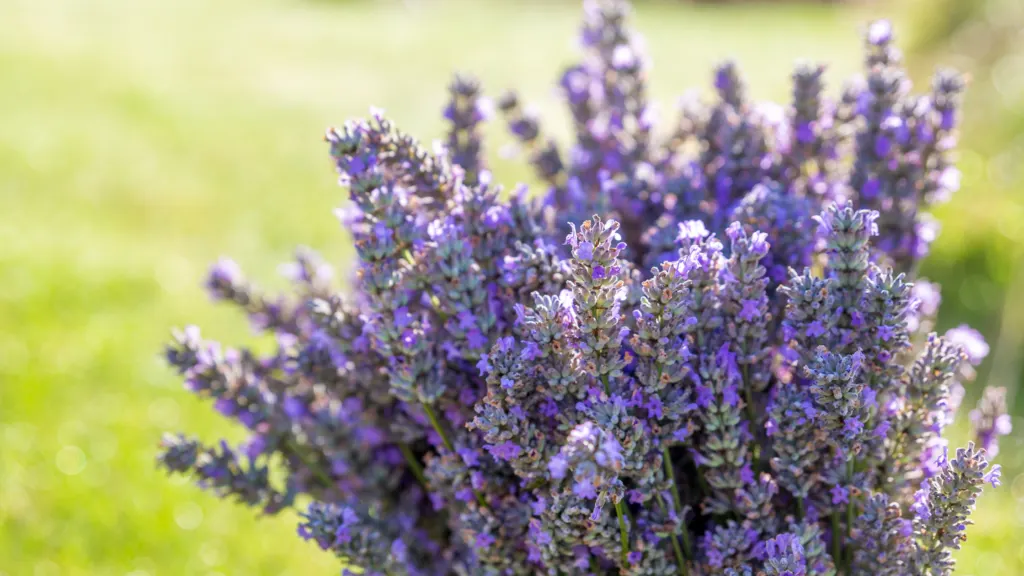
In Full Bloom: Encouragement to Start Your Spring Floral Adventure
If you’ve made it this far, you’re already standing in the metaphorical garden, ready to take that first step in your quest to bloom.
Remember, every seasoned gardener started where you are now, staring out at a patch of earth and dreaming of the blossoms that would soon call it home.
A Reminder to Plant Goodness
Gardening is more than what grows in your yard; it’s about the growth in your heart and mind. It’s about the beauty that awakens both within you and without.
Every seed planted is a vote for optimism, a belief in tomorrow. Your garden becomes an extension of who you are, a living, breathing testament to your spirit.
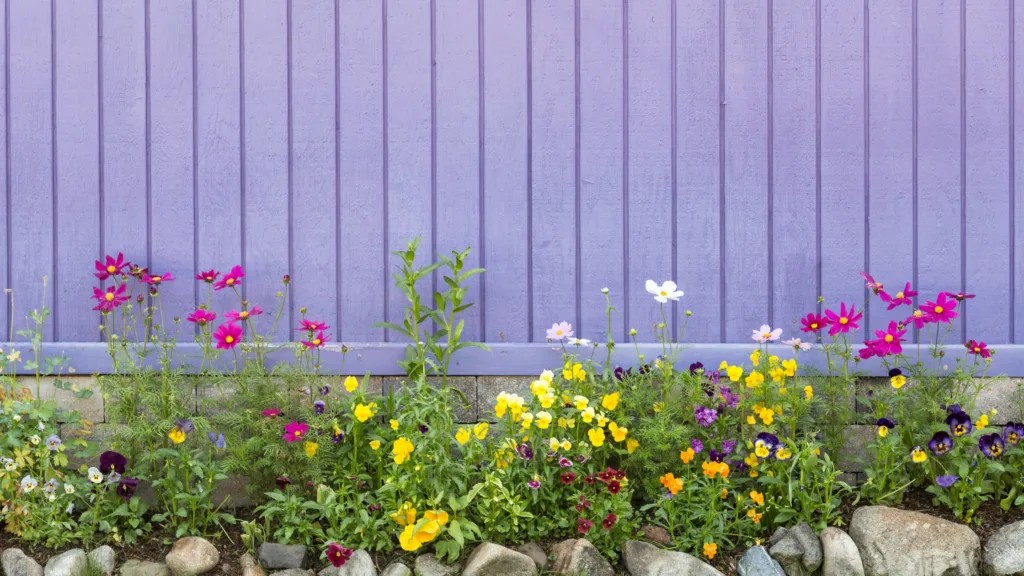
Patience and Perseverance
The garden doesn’t need you to be perfect; it needs you to be present. It’s okay if a few leaves are yellow or a stalk grows askew. It’s all part of the process.
The key to a blossoming garden is the same as the key to a blossoming life—patience and perseverance. Stick with it through the setbacks and waiting, and you’ll be rewarded with the vibrant, living manifestation of your work.
In the End, It’s All About Blooming
This isn’t just a guide to gardening; it’s a promise of potential. A promise of the beauty that can be coaxed from an intricate dance of sun, soil, water, and a heart that’s open to the experience. Your garden awaits you, ready to bestow the world with colors that speak to your soul.
Grab your best gardening boots and a good hat, and set forth into spring’s adventure — where every bloom tells a story of patience, perseverance, and the perfect amount of sunlight. Happy planting!
